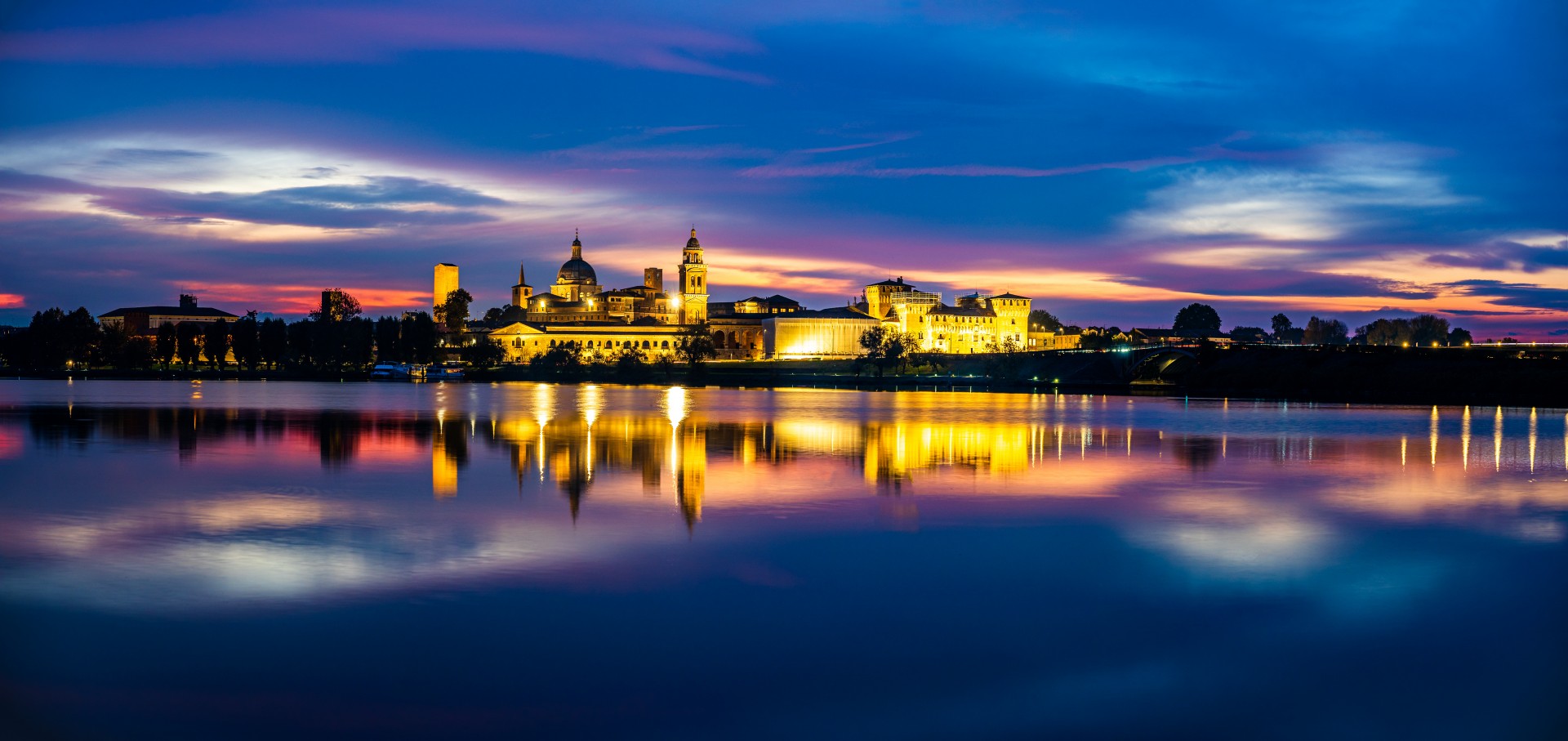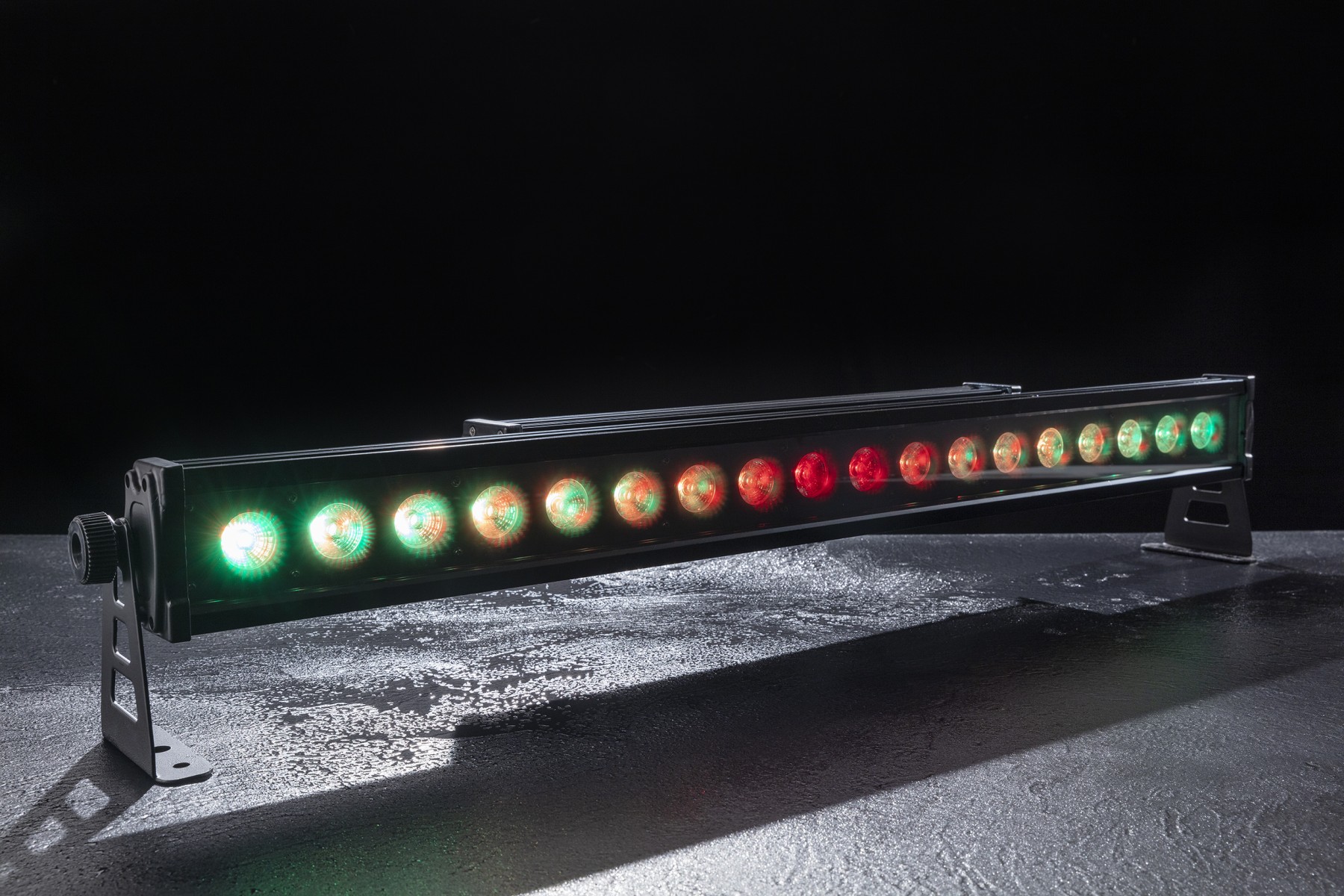LED in the lighting of villages, castles, towers and large spaces


The power and great durability of LED is a perfect solution in lighting villages, castles, towers and large spaces
Our country, from north to south, from east to west, is rich in wonderful landscapes and priceless historical works of art.
Thousands of medieval towns and villages rise in the Italian territory that, just as often, require to be enhanced by skillful light displays, whether temporary or fixed.
Towers, ramparts, walls, and castles are also a heritage to be safeguarded and made visible also and especially at night, and, once again, LED proves to be the right choice.

Power, efficiency, durability, reliability...
How should an architectural lighting installation of monuments, houses of worship, historic buildings, palaces and castles, towers, bastions be approached?
This type of work aims to enhance the architecture and details of these peculiar places but, at the same time, it must respect its size and, above all, it must be able to integrate perfectly with its surroundings, guaranteeing each structure a unique and unmistakable personality.
This implies, in the first instance, the judicious search for the best lighting points where to place products that are really suitable for the purpose and able to adapt and "blend" best with the rest of the structure. Last but not least, the ability of lighting fixtures to meet regulations in terms of safety and weather resistance.
We could therefore, once again summarize, what are the essential prerogatives for a correct choice of LED products suited to the purpose:
- energy efficiency
- great power
- safety and weather protection
- low operating costs over time
Energy efficiency is certainly an advantage that LED offers over conventional light sources.
A saving that we understood to be both immediate and tangible in terms of energy efficiency and in terms of the longer lifespan of LED lamps compared to incandescent ones, including halogen and neon.
When we talk about considerable use of lighting points, with high wattages, this saving is obviously even greater.
Not forgetting that outdoor installations, with scattered light points on large plots of land could also be a problem in terms of maintenance: rarer maintenance interventions (replacement of broken lamps, wiring...) also coincide with less impediment of maintenance workers.

LED can also deliver a great power!
Someone might think that LED sources, despite their advantages, are not yet capable of large powers.
This is a wrong statement!
On the other hand, we still see incandescent or metal halide lamps illuminating many works of art and architecture in many Italian cities. Sadly, we still struggle with the technological lag as a consequence of a certain "slowness" and responsiveness of the municipal or regional councils that manage monuments and structures.
Let's take as an example a fixture, among the most powerful, from Centolight's Moodwasher series, which was created to offer outdoor fixtures suitable for all those architectural applications where large powers are required.
The Moodwasher 4810WP has a light source consisting of 48 10W RGBW 4in1 LEDs arranged in 4 horizontal rows of 12 each. Luminescence in full-color condition @ 2m reaches 29300 Lux.
Moodwasher 4810WP has a convection cooling system, which is very effective and guaranteed by the die-cast aluminum back structure designed to favor excellent heat interchange. The die-cast aluminum light structure, thermal break glass, rubber gaskets, and stainless-steel screws ensure total waterproofing and durability over the years despite exposure to all weather conditions.

LED for outdoor and IP65 ?
LED lighting for outdoors requires more specific products that must meet the relevant standards, which, in this case, is CEI EN 60529/1997 (formerly CEI 70-1), which classifies the degrees of protection of enclosures for electrical equipment. The following numbers, as can be seen from the attached table, indicate how effective this protection is toward weathering.
Grade 65 "provides total protection against the penetration of solids, penetration of liquids by drops, vapors, splashes and jets of water in any direction" and is what is needed for installations where large outdoor spaces are illuminated, such as castles, gardens, towers, ramparts, walls and many other architectures in urban and suburban areas.
The integration of the LED floodlight...
When it comes to illuminating an architectural work, whether it be a castle, tower, bastion, or even a historic village perched on one of the many wonderful highlands in our country, the integration of the light source with its surroundings is an aspect of paramount importance.
When it is possible, you can hide the floodlight and camouflage within the walls, a hedge a hollow in the ground, but what do when this is not possible?
In those cases where the LED floodlight cannot be hidden, the best solution is to adopt smaller products, with harmonious shapes and possibly with a clean and "neutral" design, so as to fit any context.
LED bars, slender and with smaller footprints, turn out to be very suitable, also because of the possibility of being mounted vertically or horizontally, depending on requirements.
Moodliner 1812WP is a slim bar designed with individual control of 18 high-brightness LEDs. The light source consists of 18 12W RGBW 4IN1 LEDs with high-quality lenses.
The beam angle of 20° allows this bar to be the right tool for creating color effects for structures and buildings, both on details and large facades.
In addition, the control of each individual color of each LED, as well as automatic programs that can be activated even without a DMX control unit, offer a palette of solutions that give full rein to the creativity of light designers.

The temporary LED lighting of...
Up to this point we have talked about illuminations of castles, perched villages, towers, bastion walls and historical architectural elements through fixed installations.
Just as frequently, however, we are asked to enhance and illuminate these structures with temporary installations that, while we must guarantee the same performance in terms of quality and quantity of light, the illumination must be designed and operated with products suitable for this purpose.
The main feature of temporary installations is, precisely by definition, to meet certain needs by relying on removable products along with quick and easier to manage (assembly and disassembly) wiring.
Despite this should be taken for granted, since this is an outdoor job, it is still necessary to use fixtures that can withstand the weather with an appropriate IP rating.

What about when there is no possibility of connecting to the power grid?
In some locations, especially those far from urban centers, it could be difficult to have mains power available to power equipment.
In some cases, diesel-powered generators (or gasoline if smaller) can be the right choice, but with the drawbacks of producing a certain degree of noise and pollution, which are not always well tolerated in those locations where it is necessary to respect the surroundings and the sacred tranquility of the location.
Battery-powered LED headlights for clean lighting...
In recent years, thanks to the ever-increasing performance of lithium-ion batteries, it has been possible to build battery-powered LED floodlights capable of producing a comparable amount of light to mains-powered ones and with a remarkable lifespan.
This is the case with PORTRAIT TONDO is a battery-powered PAR (but mains power supply is always possible) with IP65 protection rating, specially designed for outdoor use even for long periods. The light-emitting system consists of 6 RGBWA+UV 6in1 LEDs of 10W each with high efficiency, while the battery compartment ensures a full charge from zero within about 4-5 hours and a duration of about 6 hours with all colors; about 8 hours when running preset programs or DMX; about 12 hours when running single color.
The wireless DMX function and infrared remote control allow all units to be controlled without the use of wired DMX controllers.


